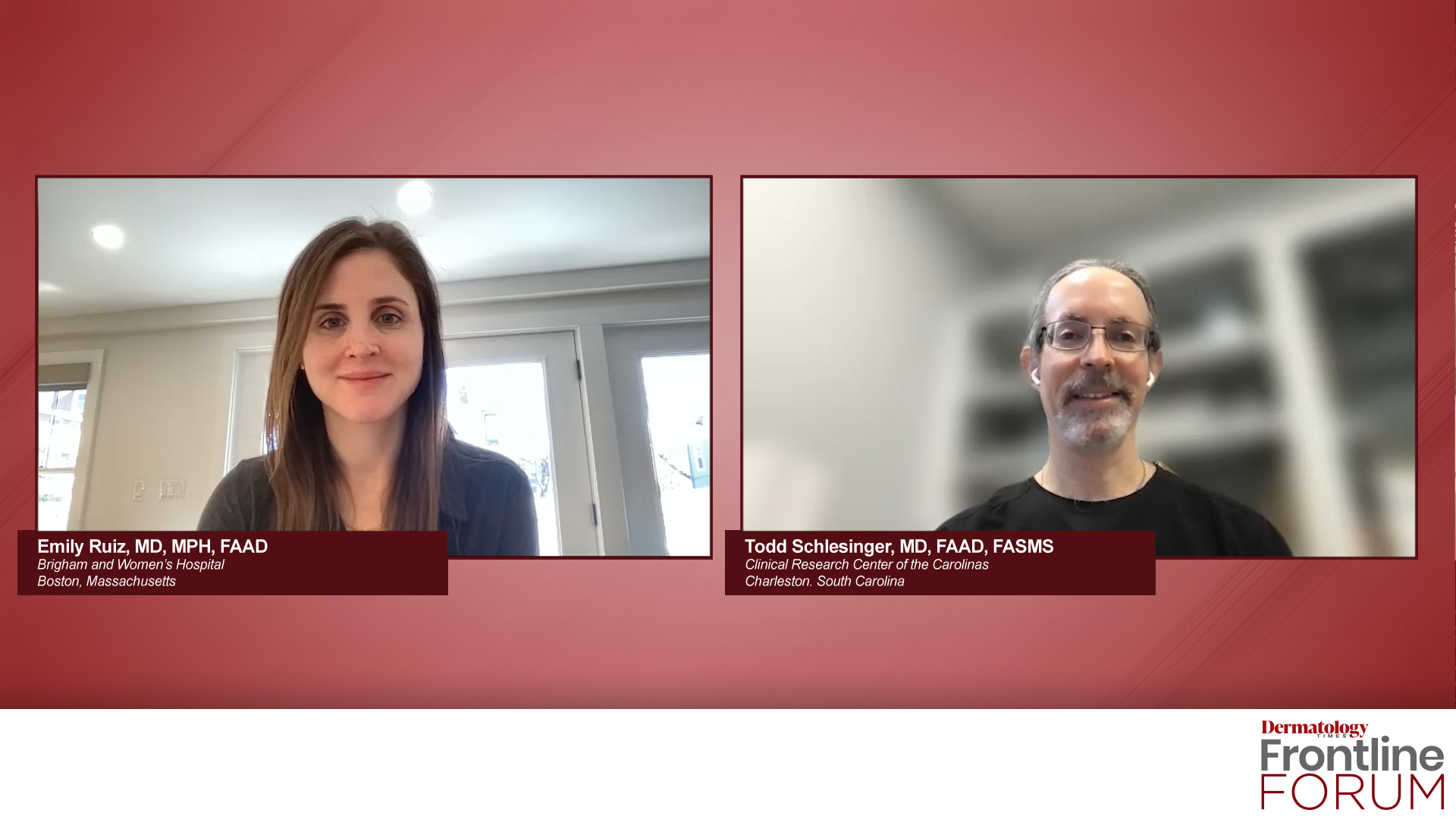- Acne
- Actinic Keratosis
- Aesthetics
- Alopecia
- Atopic Dermatitis
- Buy-and-Bill
- COVID-19
- Case-Based Roundtable
- Chronic Hand Eczema
- Chronic Spontaneous Urticaria
- Drug Watch
- Eczema
- General Dermatology
- Hidradenitis Suppurativa
- Melasma
- NP and PA
- Pediatric Dermatology
- Pigmentary Disorders
- Practice Management
- Precision Medicine and Biologics
- Prurigo Nodularis
- Psoriasis
- Psoriatic Arthritis
- Rare Disease
- Rosacea
- Skin Cancer
- Vitiligo
- Wound Care
Publication
Article
Dermatology Times
Gene expression profile test predicts metastatic risk
Author(s):
Investigators of a recent study found a 40-gene expression profile (40-GEP) test helps improve identification of high risk for metastatic disease in patients with cutaneous squamous cell carcinoma (cSCC).
Investigators of a recent study found a 40-gene expression profile (40-GEP) test helps improves identification of high risk for metastasis in patients with cutaneous squamous cell carcinoma (cSCC).
In a recent study1, researchers developed and validated a 40-gene expression profile (40-GEP) test to help improve the clinician’s ability to identify patients with primary cutaneous SCC at high risk for metastatic disease.
“SCC is an area of cutaneous oncology where we have a large knowledge gap in terms of being able to predict which SCC tumors can be cured with local destructive techniques or surgery alone and trying to identify those tumors that are going to go on and metastasize and may benefit from further intervention and surveillance,” says Ashley Wysong, M.D., M.S., associate professor and chair of the Department of Dermatology, University of Nebraska Medical Center, Omaha, Nebraska.
“The implementation of a validated gene expression profile test for SCC could significantly impact the treatment planning and prognosis of many of these high-risk SCC tumors,” adds Dr. Wysong.
In the prospectively designed study, researchers collected archival formalin-fixed paraffin-embedded primary cutaneous SCC tissue and clinicopathologic data (n=586) from 23 different independent centers across the United States. They then developed a GEP profile using a discovery cohort (n=202) and validated in a separate, non-overlapping, independent cohort (n=324).
Dr. Wysong and her fellow researchers started with approximately 150 genes taken both from the literature as well as independent findings from all of the various labs involved in the development of the assay. They used deep machine learning to narrow that to a group of 40 genes found to be most predictive of metastasis of SCC.
The prognostic 40-GEP test stratified highrisk cutaneous SCC patients into classes based on metastatic risk: Class 1 (low-risk), Class 2A (highrisk), and Class 2B (highest-risk). Data showed that for the validation cohort, the three-year metastatis-free survival rates were 91.4%, 80% and 44%, respectively. An improvement over current staging systems, results also showed that a positive predictive value (PPV) of 60% was achieved for the highest-risk group (Class 2B). However, negative predictive value, sensitivity and specificity were comparable to staging systems.
“The 40-GEP test was able to clearly differentiate tumors into three classes which we believe are clinically relevant going forward. When used in conjunction with current staging systems, the GEP test could have a profound impact on the treatment and management of higher-risk cutaneous SCC tumors,” Dr. Wysong says.
Following in the footsteps of gene expression profile testing successfully used in melanoma, this 40-GEP test is the first test of its kind available for SCC. According to Dr. Wysong, GEP testing should be considered for high-risk SCCs in any patient with at least one high-risk feature such tumor size greater than 2 cm, depth beyond subcutaneous fat or > 4 mm, moderate-to-poor differentiation, perineural invasion, site of prior radiation therapy or chronic inflammation, recurrent tumors and immunosuppressed patients.
“Clinical staging used in cutaneous oncology has advanced over the last 10 years, and we are getting better at utilizing patient-specific and histologic risk factors to help determine the risk for nodal metastasis,” she says. “Nevertheless, determining which tumors will metastasize remains challenging. I believe tumor biology is an important component that needs to be addressed.”
Going forward, Dr. Wysong says the goal is to try to implement and integrate the 40-GEP test further with clinical and histologic risk factors and try to identify those groups where the GEP testing could be beneficial.
“This is an extremely exciting time for SCC and cutaneous oncology as a whole. I think the integration of GEP data and tumor biology into our current clinic and histological staging models is momentous,” she says. “We are at the cusp of personalized medicine and state-of-the-art oncology care for individual SCC patients.”
Disclosure: Dr. Wysong reports no relevant disclosure.
Reference:
1. Wysong A, Newman JG, Covington KR, Kurley SJ, Ibrahim SF, Farberg AS, Bar A, Cleaver NJ, Somani A-K, Panther D, Brodland DG, Zitelli J, Toyohara J, Maher IA, Xia Y, Bibee K, Griego R, Rigel DS, Plasseraud KM, Estrada S, Sholl LM, Johnson C, Cook RW, Schmults CD, MSCE Arron ST. Validation of a 40-gene expression profile test to predict metastatic risk in localized high-risk cutaneous squamous cell carcinoma. Journal of the American Academy of Dermatology (2020). doi: https://doi.org/10.1016/j.jaad.2020.04.088.

Newsletter
Like what you’re reading? Subscribe to Dermatology Times for weekly updates on therapies, innovations, and real-world practice tips.






























